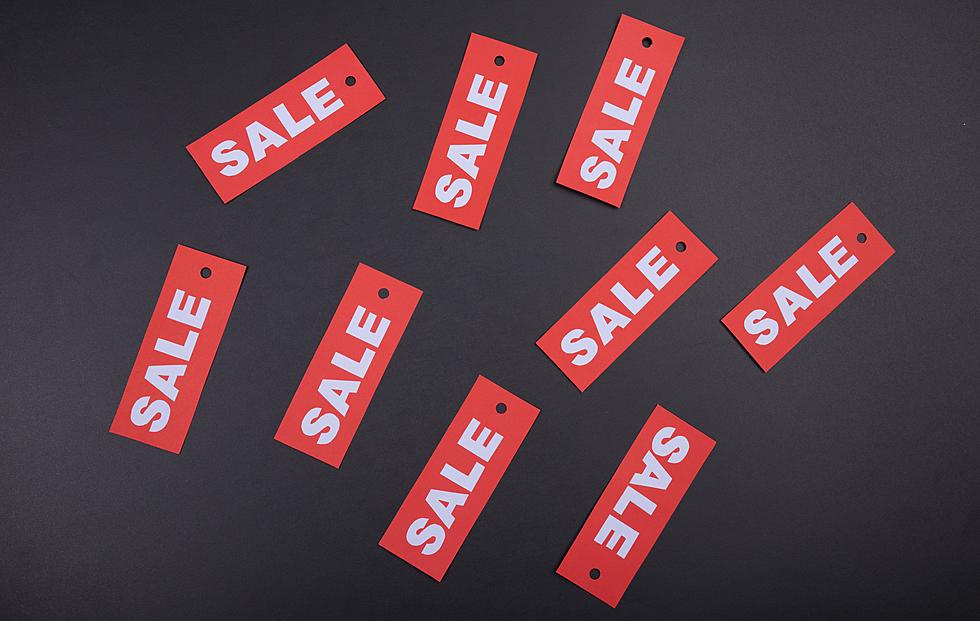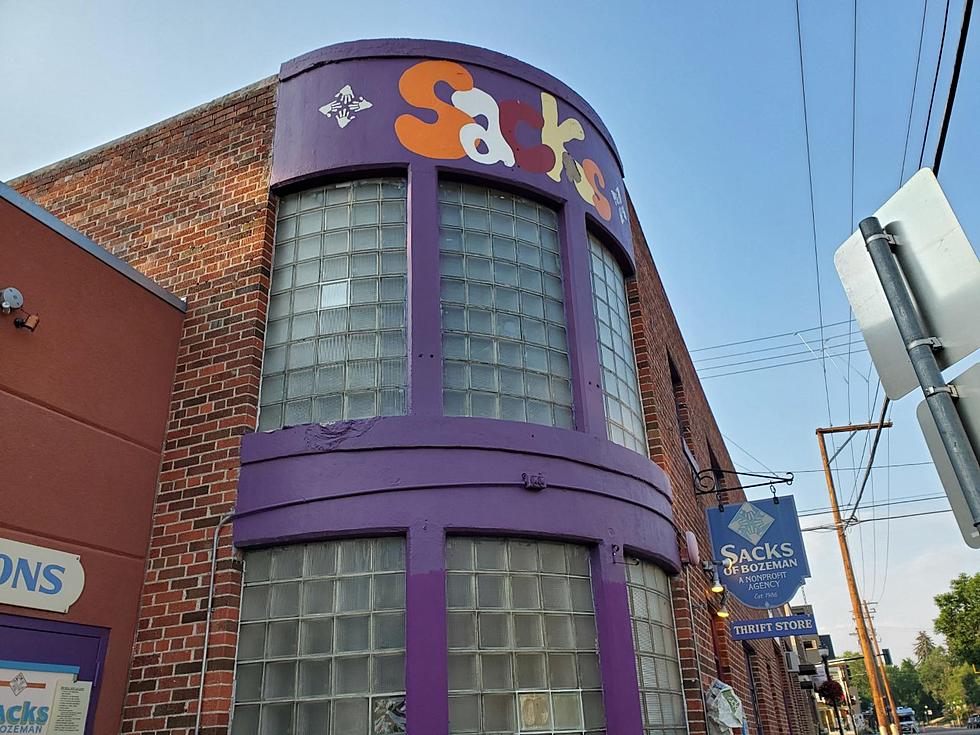
How to Bring in The Business in 2013 Pt. 5 of 5
Build Your Business With Packaging Products
If you’ve ever watched late night infomercials on TV then you are very familiar with packaging products. Buy five Ginsu Knives for $39.95 and get a bunch of other knives and kitchen gadgets free. So what’s the secret to this type of merchandising? In simple terms the “snake oil, door-to-door salesman” went electronic. The carnival barker of old morphed into the new “ShamWow” 21st century sales pitch.
How Packaging Works on Late Night TV
Most main street businesses try to earn your trust to cultivate repeat business. Late night hucksters could care less if you never come back and don’t have the time to earn your trust. Their motivation is to play on your greed. Establish a need that you didn’t even know you had that would feel so good if you only had the product. And then, to drive your level of greed even higher, offer more than you were expecting for the same price you convinced yourself was a value. Your credit card is out, phone to your ear and you’ve helped keep UPS in business one more day.
How to Make Packaging Work on Main Street
When you run a newspaper, magazine or radio ad you are doing a variation of the late night infomercial. You are exposing a product to a large group of people hoping that enough of them will be willing to let that product solve their problem in exchange for a buck or two.
To motivate you, common phrases are used. “Hurry! Supplies Are Limited.” Of the following three phrases, “50% Off,” “Half Off,” or “Buy One; Get One Free,” which one do you think would be the most effective? Study after study shows that, “Buy One; Get One Free” will produce higher sales.
How To Use Packaging to Beat Your Competition
I’m guessing that this past Christmas you did some comparison-shopping. You found an item you liked and shopped for the lowest price from a variety of retailers offering that item. This is usually a problem for a “mom and pop” store competing against big name box stores. They simply don’t have the buying power to compete for the same products. So the consumer ends up going to the location with the lowest price.
Suppose there was a way to show your customer a better way to buy? There is — packaging products together. An XYZ Model 123 digital camera regularly sells for $99 but the big box store has it on sale for $79. You need to sell it at $109 to make a profit on the sale.
What would be an incentive for a customer to still pay $99 or more for the same camera? Using the Ginsu Knives business model you would first establish that the camera is indeed worth $99 and $20 off would be a deal by itself. But what if you got a lot of value for another $30?
Suppose they could get a $150 dollar value for $109? Your suppliers might give you a deal on a free case, extra video card, extended warranty etc. for each camera you buy. The markup on accessories is usually higher than the camera itself so it would be easy to show the savings.
Now the customer has some thinking to do. Do I want to pay a little more and get the free stuff or do I want to get the low priced camera knowing that I’ll probably eventually buy the free stuff and pay more than the asking price to get it. This is where greed should set in. Even though I’m going to pay more than I thought I’m getting more for each dollar I spend.
Some Final Thoughts
Successful packaging requires thought and planning and a very detailed knowledge of your expenses and sales force. There is another danger to be aware of. If you do sales too often your customers will quickly learn that 20-30-50% is now your normal price. They will simply sit on their hands and wait for your next sale and suddenly you are buying the business with your profit.
Suppose you have a product, and you make $100 in profit, if you sell ten of them. If you operate on a 30% margin and mark that product down 20% you are going to have to sell twice as many to make that same $100 profit.
Retail sales are far from an easy business. Competition, consumer perception, labor, suppliers, expenses, have to all work together for a successful business to survive. Start slow and learn the art of packaging products. Your customers will like it and so will your accountant.
How to Bring in the Business in 2013, Part 1 of 5
How to Bring in the Business in 2013 Part 2 of 5
How to Bring in the Business in 2013 Part 3 of 5
How to Bring in the Business in 2013 Part 4 of 5
More From KMMS-KPRK 1450 AM









